Guide in SHENZHEN
Settling
/ Live at Shenzhen / Startup at Shenzhen /



Guide in SHENZHEN
Settling
/ Live at Shenzhen / Startup at Shenzhen /

Settling
/ Live at Shenzhen / Startup at Shenzhen /
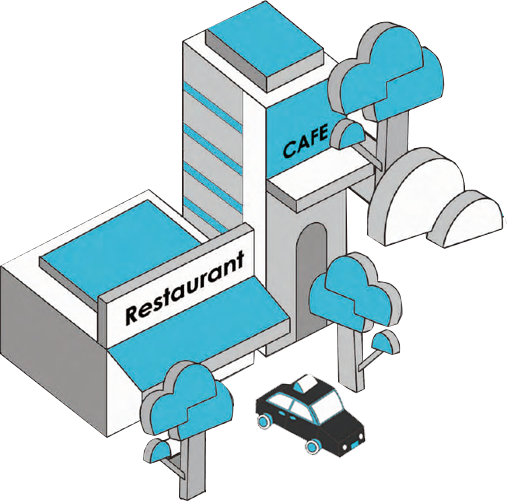
Transportation
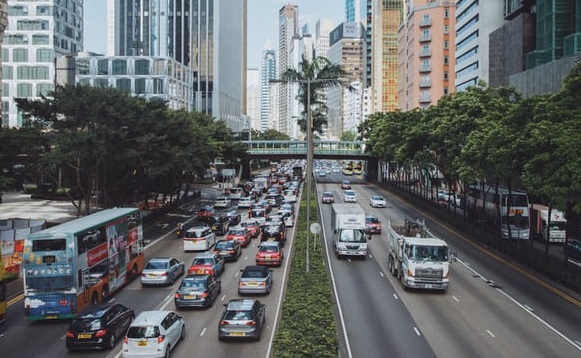
Maps
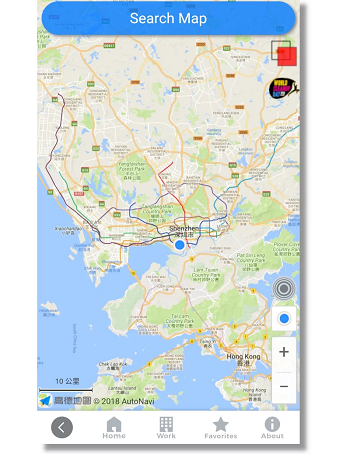

Public Transit
Shenzhen has an extensive public transportation system, featuring metro, bus, ferry and inter city rail services as well as an integrated green way network. For specific routes and schedules, please check out:
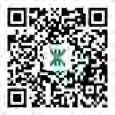

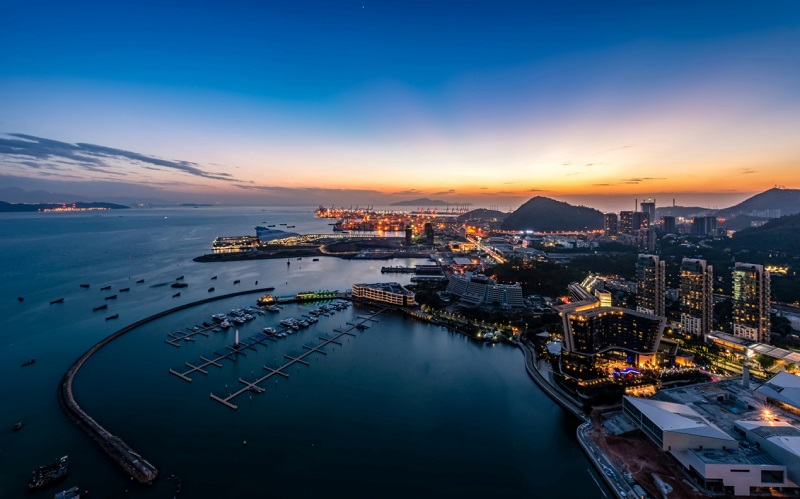
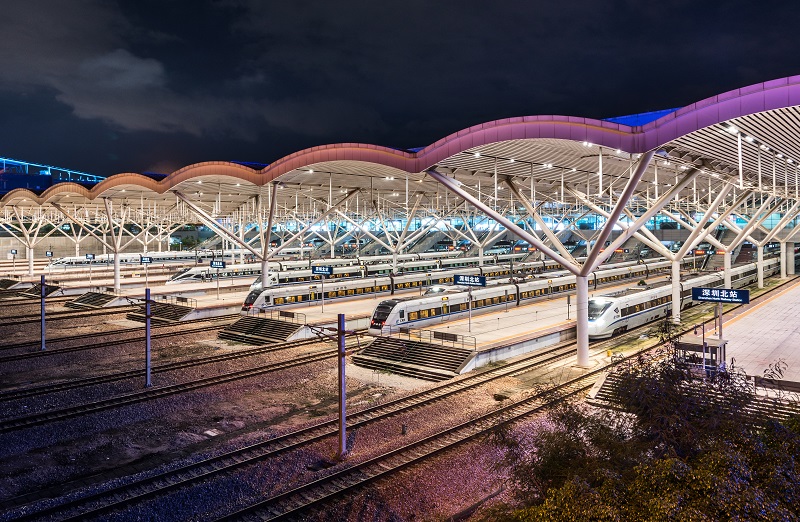

Other Ways to Get Around

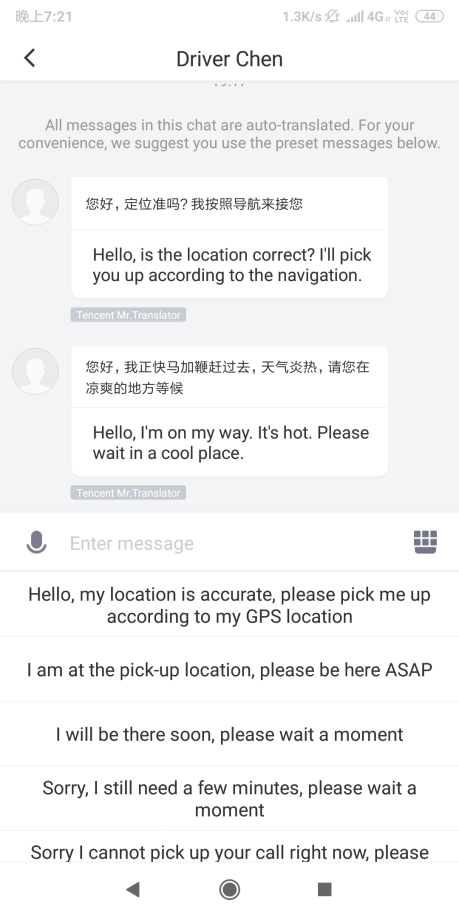
Bike Sharing App
As a popular and healthy transportation option for short trips, bike sharing programs have been flourishing in China. As it strives to expand its overseas market, Mobike now allows you to open an account in your home country, add your own payment method to that account and then use it anywhere internationally, including China.
In order to do this, you simply need to:
1 .Download the Mobike app to your Mobile Phone: Search for " Mobike" in the App/Play store on your mobile phone and click download.
2. Create an account and add payment method: Create an account with your phone number and attach it to your bank account.
Once you arrive in China, the Mobike app can be accessed easily wherever there is Internet. The charges will be made in the currency of the country where the account is registered, and Mobike will convert the payment automatically.
Renting a Car
Since China does not recognize driver' s licenses from other countries, you first need to get a Chinese driver' s license in order to rent a car in China.
Step 1: Get a Chinese driver' s permit
a.Temporary driver' s permit
Tourists who wish to drive in China for a short period of time can get a temporary driver' s permit for a maximum of three months without needing to pass an exam. You will be asked to provide the following documents:
Driver' s license from your home country translated into Chinese and notarized
International Driving Permit
Completed application form
Passport, visa and hotel reservation
Four one-inch color photos with a white background
Certificate of temporary registration of a foreigner (to be filled out and sealed by a hotel clerk upon the request of the hotel guest)
A certificate of temporary registration of a foreigner should be certified at Xili Vehicle Administration, Longjin Road, Longzhu Avenue, Xili, Nanshan District, Shenzhen (Tel: 0755-22222000)
Applicants should undergo a medical check on the spot, which takes about 15 minutes and includes an eye test as well as a test of one' s ability to distinguish between colors.
b.Permanent driver* s license (if you already have one from your home country)
In this case, you can get a Chinese driver' s license (valid for six years) by passing a written exam.
Step 1: Book an appointment with the traffic police department, scan the QR code below to download the app:
Written exams can be done in English in Shenzhen. The exam consists of answering 100 multiple choice questions, lasts 45 minutes and requires more than 90 percent of the answers to be correct to pass. If you don' t pass on the first try, you can repeat it at that time. If you don' t pass the second time, you will have to wait at least 20 days to take it again.
Necessary documents include:
Passport and residence permit or Chinese Visa with at least three months of validity (original and photocopy) Record of temporary residence registration obtained at the local police station (original and photocopy) Driver' s license from your home country (original and photocopy)
Notarized translation of your driver' s license into Chinese
Medical certificate (complete health check-up done at a city hospital)
Four one-inch color photos with a white background
Step 2: Rent a car
In order to rent a car, you will need to present the following documents a few days before you actually need the car:
Your passport' s personal information
Your passport' s residence permit page
Your Chinese driver' s license
Some reputable car rental companies in China include:
Avis China https://www.avis.com/en/home
eHi Car Service http://en.1 hai.cn
Zuche https://en.zuche.com
Alternatively, you can rent a car on a car sharing app. Similar to bike sharing, you are required to download a company's app and submit necessary information, such as an image of your license. A hefty deposit (RMB500-1,500) is also generally required.
After your application has been approved by staff members, you can check to see whether there are any shared-cars near you. Then it's simply a matter of reserving the type of car you want, unlocking it with an app and driving off. When you're ready to return the car, choose a spot to drop it off, end your ride and pay on whatever app you're using. Here are four Car-Sharing apps that you can download to use.
PonyCar
Togo
United Journey
EVCard
Step 3: Pick up the car
On the day you go to pick up the car you need to bring:
Your passport
Your Chinese driver' s license
A credit card or debit card with enough money to cover the rental price as well as an amount that can be "frozen ” by the car company in case of damage to the car.
Transportation

Maps


Public Transit
Shenzhen has an extensive public transportation system, featuring metro, bus, ferry and inter city rail services as well as an integrated green way network. For specific routes and schedules, please check out:





Other Ways to Get Around


Bike Sharing App
As a popular and healthy transportation option for short trips, bike sharing programs have been flourishing in China. As it strives to expand its overseas market, Mobike now allows you to open an account in your home country, add your own payment method to that account and then use it anywhere internationally, including China.
In order to do this, you simply need to:
1 .Download the Mobike app to your Mobile Phone: Search for " Mobike" in the App/Play store on your mobile phone and click download.
2. Create an account and add payment method: Create an account with your phone number and attach it to your bank account.
Once you arrive in China, the Mobike app can be accessed easily wherever there is Internet. The charges will be made in the currency of the country where the account is registered, and Mobike will convert the payment automatically.
Renting a Car
Since China does not recognize driver' s licenses from other countries, you first need to get a Chinese driver' s license in order to rent a car in China.
Step 1: Get a Chinese driver' s permit
a.Temporary driver' s permit
Tourists who wish to drive in China for a short period of time can get a temporary driver' s permit for a maximum of three months without needing to pass an exam. You will be asked to provide the following documents:
Driver' s license from your home country translated into Chinese and notarized
International Driving Permit
Completed application form
Passport, visa and hotel reservation
Four one-inch color photos with a white background
Certificate of temporary registration of a foreigner (to be filled out and sealed by a hotel clerk upon the request of the hotel guest)
A certificate of temporary registration of a foreigner should be certified at Xili Vehicle Administration, Longjin Road, Longzhu Avenue, Xili, Nanshan District, Shenzhen (Tel: 0755-22222000)
Applicants should undergo a medical check on the spot, which takes about 15 minutes and includes an eye test as well as a test of one' s ability to distinguish between colors.
b.Permanent driver* s license (if you already have one from your home country)
In this case, you can get a Chinese driver' s license (valid for six years) by passing a written exam.
Step 1: Book an appointment with the traffic police department, scan the QR code below to download the app:
Written exams can be done in English in Shenzhen. The exam consists of answering 100 multiple choice questions, lasts 45 minutes and requires more than 90 percent of the answers to be correct to pass. If you don' t pass on the first try, you can repeat it at that time. If you don' t pass the second time, you will have to wait at least 20 days to take it again.
Necessary documents include:
Passport and residence permit or Chinese Visa with at least three months of validity (original and photocopy) Record of temporary residence registration obtained at the local police station (original and photocopy) Driver' s license from your home country (original and photocopy)
Notarized translation of your driver' s license into Chinese
Medical certificate (complete health check-up done at a city hospital)
Four one-inch color photos with a white background
Step 2: Rent a car
In order to rent a car, you will need to present the following documents a few days before you actually need the car:
Your passport' s personal information
Your passport' s residence permit page
Your Chinese driver' s license
Some reputable car rental companies in China include:
Avis China https://www.avis.com/en/home
eHi Car Service http://en.1 hai.cn
Zuche https://en.zuche.com
Alternatively, you can rent a car on a car sharing app. Similar to bike sharing, you are required to download a company's app and submit necessary information, such as an image of your license. A hefty deposit (RMB500-1,500) is also generally required.
After your application has been approved by staff members, you can check to see whether there are any shared-cars near you. Then it's simply a matter of reserving the type of car you want, unlocking it with an app and driving off. When you're ready to return the car, choose a spot to drop it off, end your ride and pay on whatever app you're using. Here are four Car-Sharing apps that you can download to use.
PonyCar
Togo
United Journey
EVCard
Step 3: Pick up the car
On the day you go to pick up the car you need to bring:
Your passport
Your Chinese driver' s license
A credit card or debit card with enough money to cover the rental price as well as an amount that can be "frozen ” by the car company in case of damage to the car.